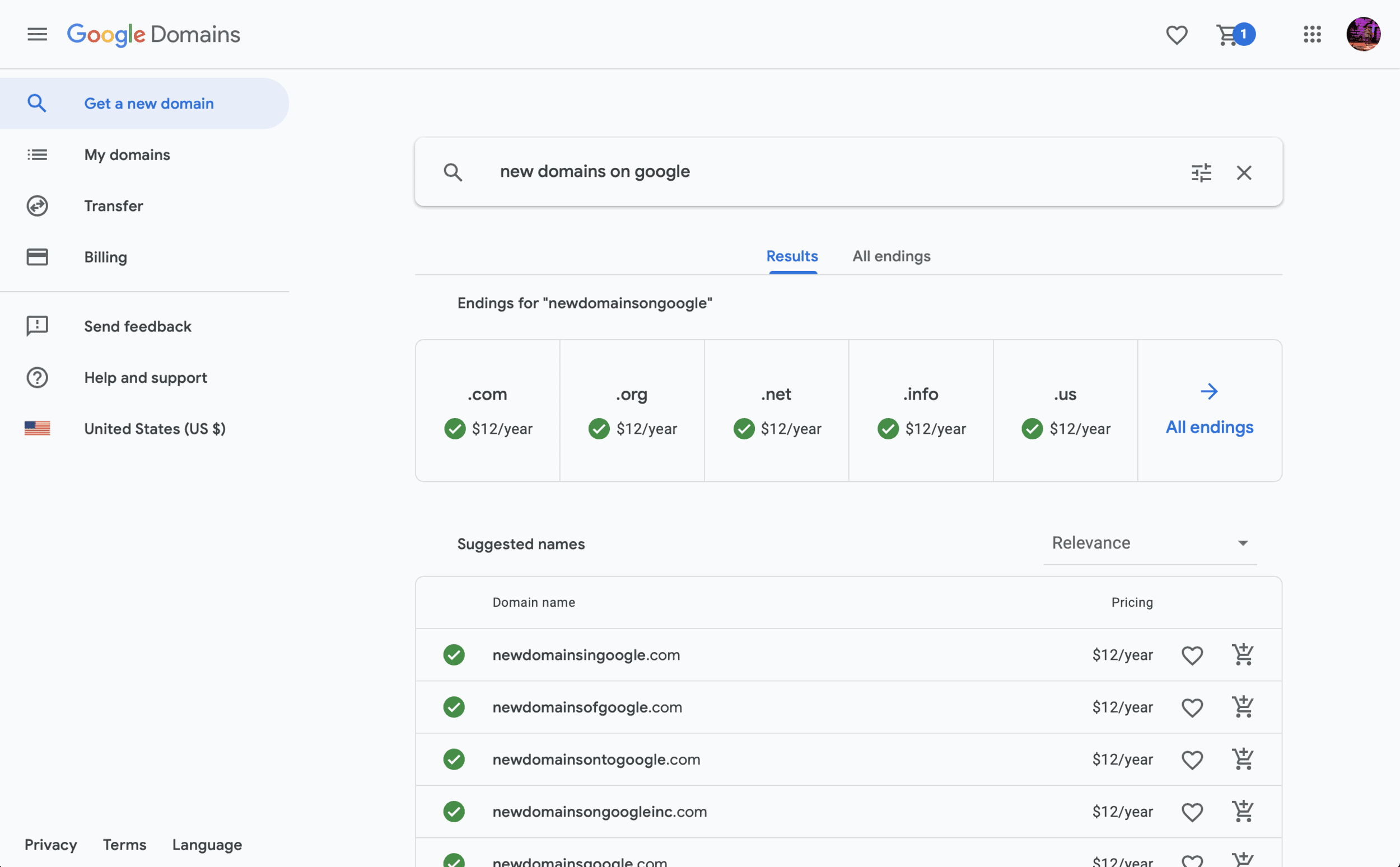How you go about handling maintenance and hosting for your website is crucial to your website having a clean bill of health. I’ve always thought of hosting and website maintenance in terms of taking car of my war. If I don’t consistently invest in simple things like oil changes I’ll eventually have to invest in big things, like a new engine. When I ignore maintenance it cost me a boatload in the long run.
The thing is, we all know our cars need oil changes…but most people don’t know what it means to ‘change the oil’ on your website. Are there different steps? How much should I expect from my host? What’s the real cost? The answer is…well that depends.
At the risk of taking the car analogy too far, I’d ask do you want synthetic oil, what kind of car do you drive, how many miles have you put on it.
Your run of the mill WordPress website with a few plugins and paid hosting doesn’t cost much. Also, let’s be reasonable, the run of the mill WordPress site with a few plugins usually means your nephew threw it together for you with zero strategy…which is also how much money it’s bringing in.
On the other end of the spectrum you have a design with thousands of lines of custom code for custom solutions, or a site with premium plugins on premium hosting and the cost rises.
Typical Website Maintenance Costs
So, there are a few things that you will pay for consistently either monthly or annually. The cost of which varies with your sites purpose and complexity.
Domain Name
Your domain name is something that needs to be renewed every year. It only remains yours as long as you keep paying for its registration. I tend to set up domains on autopay and do it for several years. Domains generally costs anywhere from $8 to $45 yearly.
Most of that depends on the .ending. For example, most .com domains are on the lower end, but a domain like .church is around $40.
Update: Google Domains has been sold to square space. We now use Cloudflare for both DNS and Domains.

I recommend Google Domains over everyone. They’re the easiest to work with, and since I also recommend using G-suite for email, you can manage it all in one place!
Hosting
If your website is your car, then your garage is your host. It’s where your website “lives” on the internet, and it’s essential to having one. There are different kinds of hosting, so the price depends on your needs and the company/platform you choose.
Free Hosting
You can host free on Wordpress.org or Wix, but it comes at a cost. Your freedom to create what you want is extremely limited and you’ll always have their branding on your website. Performance also tends to suffer greatly. I’m sure you can imagine that a free site isn’t going to be heavily optimized or placed on a server with performance in mind.
Shared Hosting
Companies like Bluehost and GoDaddy thrive in this market. Can I shoot straight with you? Shared hosting with these companies….it’s trash. I know that sounds harsh, but the reason they charge $2-$10 a month for shared hosting is because they stuff thousands of sites onto a server. You’re at the mercy of other sites on the server, the support is sub par because they’re stretched thin, and at every opportunity support will blame you or a plugin for the issue so they don’t have to fix it. Maybe I’m just being bitter over dozens of headaches when I was starting out, but it’s still true.
Shared hosting on these platforms thrive off small business owners and bloggers that see a deal but don’t really know what is going on under the hood. It’s like buying your dream car…only it turns out to be a lemon.
As a business owner, you should really consider, do you as the website owner really want to be making any software updates, updates to security or installation of new features yourself?
In shared hosting, youre responsible for everything. Do you as the website owner really want to be responsible for all the software updates, security patches, premium license keys, SSL renewal, installing new features or site optimization? Or worse, fixing your website when some of these things break?
Managed Hosting
Another option is what we provide at The Reach Company, which is top tier managed hosting. That means that we as the host take care of every aspect of hosting to ensure your website is in tip top shape. So, after we create the site we handle optimization, speed, security, updates, caching, server stuff, maintenance…all the nerd stuff. Our managed hosting plans are all inclusive, come with dedicated support and start at $147 monthly.
There are managed hosting companies that are less than us and more than us. It really depends on your needs. Several companies provide basic managed hosting starting around $50 monthly, but it’s still mostly managed by you when it comes to updates and the like, they’re just a ton more helpful when it comes to proactive security/maintenance and support. Several companies also provide enterprise e-commerce hosting and some of there plans are north of $1K monthly.
I’m biased, but I love our managed hosting. You work with one person that manages your account and support, you can opt in for unlimited content updates, and of course, we handle all the backend nerd pieces of hosting as well.
SSL
SSL certificates provide a layer of security for your website. It builds trust with your customers and visitors because they see that green lock that tells them you’re secure. And the reason you’re secure is because your secure socket layer (in case you’re wondering what SSL stands for) prevents tons of attacks on your website, protects any data on your website. It keeps you safe and keeps your reputation in tact.

The price of SSL can vary from free to many thousands per year. For most small business websites, we are happy to use Let’s Encrypt, which provides a free SSL certificate to your website. It provides more than enough security for the average small business. For more complex sites or sites that rely heavily on customer data or e-commerce we recommend the business validation level, which is a step up and can run $45 to $400 yearly. Above that and up to $5000 yearly are SSL’s for organizations like financial institutions, some universities and so on, that need a much harder safe to crack because the type of information they have paints a big target on their back.
Plugins
Plugins are pieces of software you add to your website to extend functionality.
I like to think of plugins as ‘apps.’ You add an email app to your phone to have email. You add a page builder app to your website to visually build pages. Plugins are apps for your website. You may want a plugin that adds a store to your site, or an app that builds forms to collect information, or an app that makes a popup to capture emails.
A lot of plugins are free (and like free hosting, you tend to get what you pay for). I talk to people regularly that hate WordPress and tell me how difficult it is, but what they really mean is they tried to get by with a hodgepodge collection of free plugins that didn’t play nice together and kept breaking stuff. Many other plugins are paid on an annual basis. How much will it cost?
I’m sure you see the pattern here. It typically depends on your needs and budget. It also depends on the plugins complexity, scope and demand. Some plugins are $10 yearly, others can be $500.
For context, we have a toolset of plugins that we’ve either created or pay for yearly. If you used the same plugins to create your own business site it would be around $2500 every year, or right around $200 monthly to maintain the quality of websites we create.
Other essential website maintenance
A few pieces of website maintenance can be scheduled routinely. Just throw a reminder in your to-do list to update plugins/themes, renew your domain or purchase a license to such-and-such plugin.
Others are left to either your whimsy or the market’s.
Updated Design
Maybe you’ve had your site for 3-5 years and it’s beginning to look dated. It may be time for a designer to update the site’s look and feel. These are typically one time fees and can vary from a few hundred bucks to $15K or more depending on your needs and the designers expertise.
This cost is one reason I love our Reach Co Systems. Each system comes with a website built into a month to month plan so it’s cash flow friendly instead of a massive upfront invoice just to get the ball rolling.
Content Changes
Write that blog, change this picture update the holiday hours. There are always content changes that need to happen.
If your website has a blog, set a goal to add new posts regularly; monthly, weekly, bi-weekly, whatever works best for you. If your website has events, make sure that once an event is passed that the event disappears from your site.
When someone visits your site and sees your coupon, blog post or event from 2018 it screams ‘unprofessional’ and for many is a subconscious turnoff from doing business with you.
The amount you pay for content updates is generally rolled into your managed hosting with whatever agency you work with and how many hours they work per month on your stuff. We offer hours of ‘whatever work’ on every plan we offer. From two to six or more hours a month, we’ll do ‘whatever’ edits and changes you need done.
New Feature Implementation
Take a look at how phones an computers have evolved over just the last few years. I don’t even have to plug my phone up to charge it anymore. Technology advances at a rapid pace, which means the tech around websites evolves just as rapidly as design trends.
Maybe there is an update to Stripe’s webhook to process payments. Maybe there is a change to Mailchimp’s API that means you need to update your forms.
Or maybe there is a new, better tool to generate leads and book appointments?
Some updates are about necessity, other are about efficiency. it’s not about being ‘new and shiny,’ it’s about being effective in attracting new clients and customers. Because of more advanced technology, people today have higher expectations of what to expect when it comes to visiting a business’ website.
You can have the best product or service in your niche, but if your site is underwhelming and difficult for them to use, then you lose them before you ever get the chance to prove how good you are.
Our suggestion is to not focus on competitors first. You’ll lose creativity, get boxed in to how ‘they’ do things, and fall victim to the new and flashy. Instead, revisit your site and customer journey quarterly and ask yourself if a better way of doing this has emerged.
Focus on improving the user experience and it will always pay off.
The cost depends on the features and complexity. Sometimes these new features are solved with a copy/paste of a new API, sometimes with a new plugin, and other times with a developer creating something from scratch. The range is pretty wide.
SEO Optimization
SEO (or Search Engine Optimization) is an area you can’t just ‘set it and forget it.’ It needs to be managed and shifted regularly. You won’t add the right heading tags, make a few tweaks, and magic yourself to number one on Google. The search engine landscape is constantly shifting with new algorithms, site penalizations, best practices and more. Your rank on Google could take a hit if you’re not on top of these kinds of changes.

How to know if you need to revisit your SEO?
- Your organic traffic tanks out of nowhere.
- Google releases an alorithm update.
- You get an email from Google with error warnings.
- You want to take intentional steps improve your current ranking.
How much does SEO cost?
Well, you could take the DIY route. In your case this costs your time to implement best practices and learn SEO. It also costs tools to gain the best insights into your rankings.
Here’s the rub. Chances are the fruit of your DIY efforts will always seem like ‘not enough’ because you’re not an expert. I can buy the best hammer, nails and wood. I can watch all the YouTube videos I can. But even with the same tools an experience carpenter is going to be able to do more, better and faster the I could hope to. There is a price for expertise.
The most expesive route is hire an SEO specialist that ONLY does SEO. This usually costs around $2500+ monthly. It’s a great investment for businesses that generate north of 1.5M yearly, but typically overkill for the typical small business.
The route we suggest is rolling it into a package from your web agency. We have three SEO pathways to choose from and we can build them into your monthly sytem easily!
Wrapping Up Our Website Maintenance
So, how much does it cost to maintain a website?
The motif has been ‘well, it really depends.’ It depends on your needs, the monetary investment you make, the time investment to learn the stuff you’re willing to make, and the tools you use. It’s a hard thing to quantify eh? For a good website with quality investment, you can expect to pay anything from $1k to $30K every year. With The Reach Co you can expect to pay $497 to $2997 monthly for the first year and then around $147 to $497 monthly depending on your needs after the first year.
Here’s the point.
Your website is your most used ‘front door.’ Even if you have a brick and mortar establishment, more people will walk through your digital door than your physical door could ever hope to see. Don’t you think it’s worthy of investment? Many times websites suffer because we as small business owners understand the tools of our trade (be your a contractor, a restaurant owner, a tennis coach, whatever), but we don’t always have a grasp on the tools we need to grow our business.
And that’s ok! People pay you for whatever you’re the expert at, and it’s okay to invest in marketing and website experts for what they’re good at.
Your website can either be a brochure you feel burdened by, or it can be a lead converting machine that makes you money.
Have you ever complained about how dumb it is that cars need care to keep them from breaking down? The routine maintenance is an investment that keeps your care humming and keeps bigger issues at bay. It’s the same with your website. Solid maintenance and care isn’t a burden, and it doesn’t have to be crossing your fingers and taking the journey DIY. It is an investment in your business that can make a huge difference in your bottom line.

